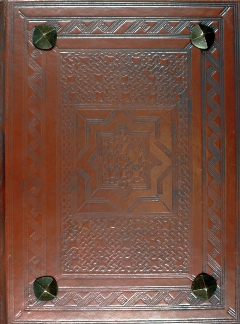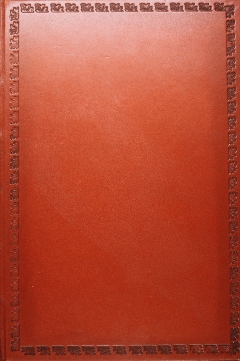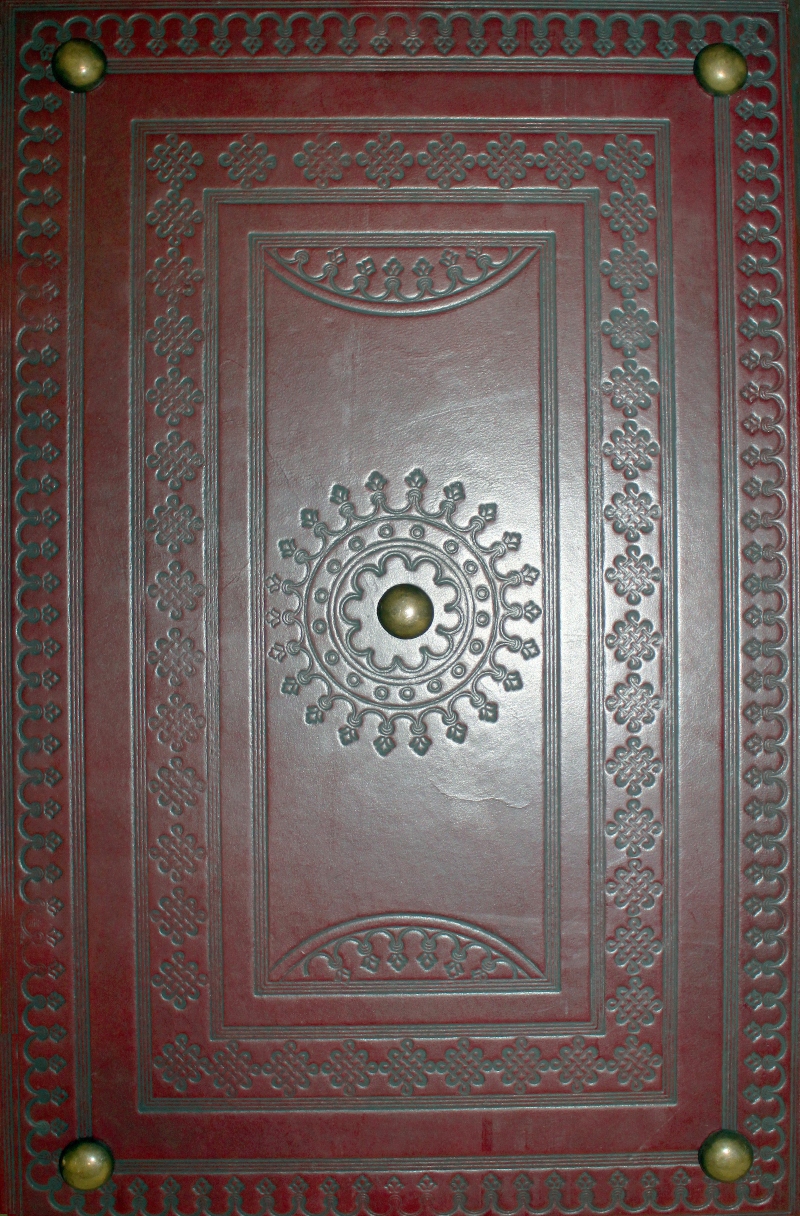Facsimiles of the Divine Comedy
In 2018, José María Micó, a professor in the Pompeu Fabra University Department of Humanities, loaned three facsimiles of three mediaeval manuscripts of the Divine Comedy to the Pompeu Fabra University Library. The facsimiles, important because of the miniatures they contain, are unique, high-quality pieces that expand the Dante collection and increase its value. They are numbered editions, made according to the original dimensions, with high-quality material and excellent binding, that faithfully replicate the original manuscript, both externally (e.g. through the covers and feel of the paper) and with regard to the internal illuminations (the figures, miniatures, initials, gilding, double inking, etc.).

Dante Alighieri. Divina commedia di Dante Alighieri. Firenze : Società Dante; Imago, [2014?]
(Facsímil del Manoscritto Palatino 313 conservat a Biblioteca nazionale centrale di Firenze (ca. 1350))
The first volume is a facsimile reproduction of the Palatino 313 codex, a 14th century manuscript preserved at the Biblioteca Nazionale Centrale in Florence. It is considered the oldest surviving manuscript with miniatures of the Divine Comedy. The 37 miniatures it contains were probably commissioned from the workshop of Pacino di Buonaguida. This codex contains a large part of the commentary by Jacopo Alighieri, Dante’s son.

Dante Alighieri. Divina commedia. Castel Guelfo di Bologna : Imago, 2016
( Facsímil del manuscrit de la Divina Commedia ms. 1102 conservat a la Biblioteca Angelica de Roma (ca. 1350))
The second copy on display is the facsimile reproduction of Manuscript 1102, a codex dated between 1351 and 1400, preserved at the Biblioteca Angelica in Rome. This manuscript contains miniatures and commentaries by Jacopo Alighieri and Boscone da Gubbio, as well as an excerpt from Gautier de Châtillon’s 12th century poem Alexandreis about Alexander the Great. The manuscript was originally intended to have 100 miniatures – one at the start of each canto – but the illuminations stop between Purgatorio and Paradiso, and the spaces to have been used for the remaining miniatures are blank. Whoever commissioned the manuscript likely paid a handsome sum, given the gold backgrounds of the miniatures that were completed.

Dante Alighieri. La Divina commedia dei Malatesta : $bsecolo XIV (ultimo quarto). Castel Guelfo di Bologna : Imago, 2015.
(Facsímil del manuscrit de la Divina Commedia Gradenighiana SC-MS 1162 (D II 41) conservat a la Biblioteca Civita Gambalunga de Rímini (ca. 1375))
The third volume in this section is the facsimile reproduction of Manuscript 1162, a codex dating from the last decade of the 14th century and conserved at the Biblioteca Civica Gambalunga in Rimini. It was commissioned by Jacopo Gradenigo, a Venetian aristocrat who copied the Divine Comedy in his spare time for his family and who gave the Venetian miniaturist Cristoforo Cortese very precise instructions. The first folio is the only one that is fully illuminated in blues and reds; the other 23 miniatures are less embellished (see, for instance, the white backgrounds). The codex contains a partial transcription of Dante’s poem, with commentary by Jacopo della Lana, and each canto is preceded by a chapter summarizing its content.
